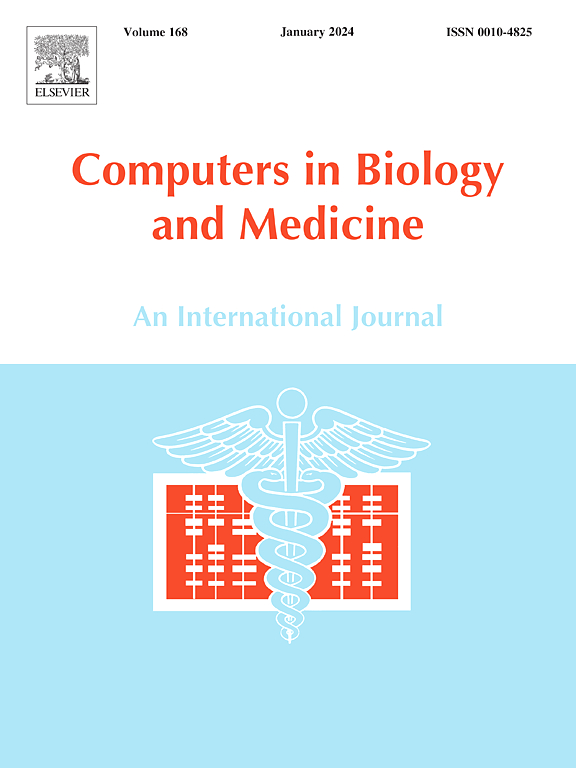U-Net-based architecture with attention mechanisms and Bayesian Optimization for brain tumor segmentation using MR images
IF 7
2区 医学
Q1 BIOLOGY
引用次数: 0
Abstract
As technological innovation in computers has advanced, radiologists may now diagnose brain tumors (BT) with the use of artificial intelligence (AI). In the medical field, early disease identification enables further therapies, where the use of AI systems is essential for time and money savings. The difficulties presented by various forms of Magnetic Resonance (MR) imaging for BT detection are frequently not addressed by conventional techniques. To get around frequent problems with traditional tumor detection approaches, deep learning techniques have been expanded. Thus, for BT segmentation utilizing MR images, a U-Net-based architecture combined with Attention Mechanisms has been developed in this work. Moreover, by fine-tuning essential variables, Hyperparameter Optimization (HPO) is used using the Bayesian Optimization Algorithm to strengthen the segmentation model's performance. Tumor regions are pinpointed for segmentation using Region-Adaptive Thresholding technique, and the segmentation results are validated against ground truth annotated images to assess the performance of the suggested model. Experiments are conducted using the LGG, Healthcare, and BraTS 2021 MRI brain tumor datasets. Lastly, the importance of the suggested model has been demonstrated through comparing several metrics, such as IoU, accuracy, and DICE Score, with current state-of-the-art methods. The U-Net-based method gained a higher DICE score of 0.89687 in the segmentation of MRI-BT.
基于u - net的关注机制和贝叶斯优化的脑肿瘤MR图像分割
随着计算机技术的进步,放射科医生现在可以使用人工智能(AI)诊断脑肿瘤(BT)。在医疗领域,早期疾病识别有助于进一步治疗,而人工智能系统的使用对于节省时间和金钱至关重要。各种形式的磁共振(MR)成像为BT检测所呈现的困难通常不能通过传统技术解决。为了解决传统肿瘤检测方法中经常出现的问题,深度学习技术已经得到了扩展。因此,对于利用MR图像的BT分割,本研究开发了一种基于u - net的结构,并结合了注意机制。此外,通过对基本变量进行微调,利用贝叶斯优化算法采用超参数优化(HPO)来增强分割模型的性能。使用区域自适应阈值分割技术确定肿瘤区域进行分割,并针对ground truth注释图像验证分割结果,以评估所建议模型的性能。实验使用LGG、Healthcare和BraTS 2021 MRI脑肿瘤数据集进行。最后,通过比较几个指标(如IoU、准确性和DICE Score)与当前最先进的方法,证明了所建议模型的重要性。基于u - net的方法在MRI-BT分割中获得了更高的DICE分数0.89687。
本文章由计算机程序翻译,如有差异,请以英文原文为准。
求助全文
约1分钟内获得全文
求助全文
来源期刊

Computers in biology and medicine
工程技术-工程:生物医学
CiteScore
11.70
自引率
10.40%
发文量
1086
审稿时长
74 days
期刊介绍:
Computers in Biology and Medicine is an international forum for sharing groundbreaking advancements in the use of computers in bioscience and medicine. This journal serves as a medium for communicating essential research, instruction, ideas, and information regarding the rapidly evolving field of computer applications in these domains. By encouraging the exchange of knowledge, we aim to facilitate progress and innovation in the utilization of computers in biology and medicine.
 求助内容:
求助内容: 应助结果提醒方式:
应助结果提醒方式:


